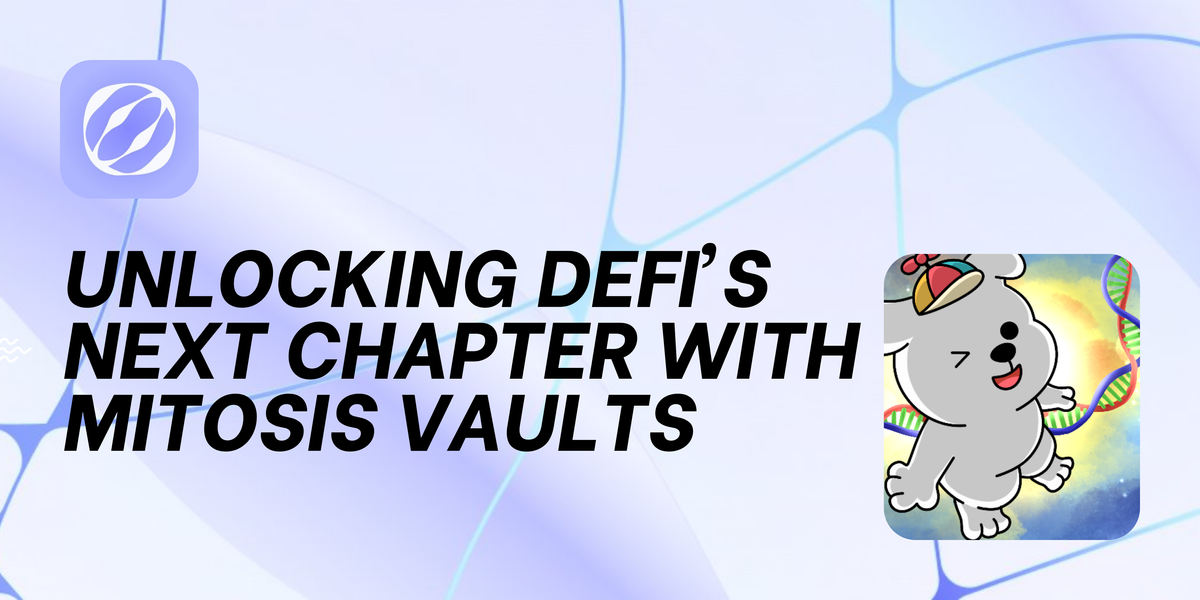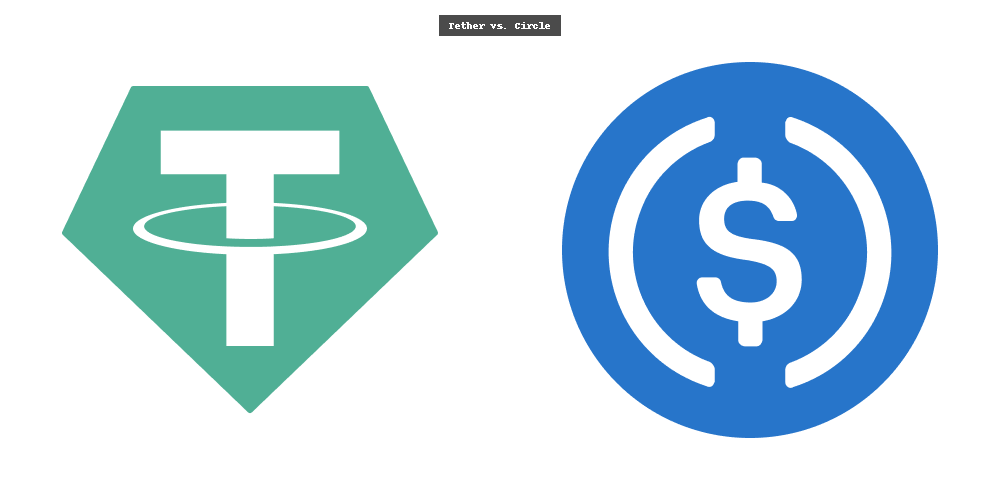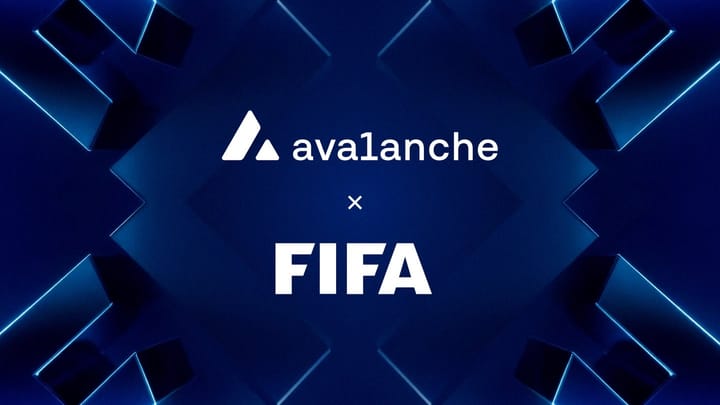Unlocking DeFi’s Next Chapter with Mitosis Vaults

Imagine being able to drop your crypto into a vault and, just like that, power up a cross-chain yield engine, cast governance votes, and support community campaigns all at once. That’s the exciting promise of Mitosis Vaults: a flexible system where your deposits transform into 1:1 “Hub Assets” on the Mitosis Chain, ready to fuel dynamic strategies without you ever having to leave the comfort of your wallet. Have you thought about how a vault could automatically adapt across different networks to chase the best yields? Mitosis Vaults do just that by leveraging Hyperlane to securely bridge assets and mint Hub Assets on Mitosis L1. Rather than being stuck in isolated, single-chain farms, this modular setup allows you to engage with multiple DeFi ecosystems at the same time. It’s like having Yearn, Aave, and Compound all collaborating under one roof. Are you curious to see how far your assets can stretch when you set them free from a single chain? Let us look at some of the vaults on Mitosis. See https://docs.mitosis.org/docs/developers/protocol/mitosis-vault?
Core Vaults and Hub Assets
When you click “deposit” on the Mitosis Vault, your tokens are securely locked in a tried-and-true smart contract, and an equal amount of Hub Assets (ERC-20 tokens) is created on the Mitosis Chain. In the background, Hyperlane messages efficiently handle deposit and redemption requests between chains, ensuring that there’s always a clear 1:1 backing. You keep full control of your principal—Hub Assets won’t get involved in yield strategies unless you specifically choose to do so—so your funds stay safe and can be redeemed whenever you need them. It’s similar to Yearn’s yvTokens—deposit DAI, receive yvDAI—except here, your Hub Assets remain purely representative until you decide to dive into more complex strategies. Ever wondered how that solid peg holds up across different networks? See https://docs.mitosis.org/docs/developers/protocol/mitosis-vault?
Ecosystem‑Owned Liquidity (EOL) Vault
When you choose to participate in the EOL Vault (miAsset), your Hub Assets are transformed into yield-generating miAssets through ERC‑4626 interfaces. For instance, if you deposit 1 ETH, you might initially receive 0.9 miETH. However, as various external strategies start to generate returns, the exchange rate of your miETH increases, showcasing real-world performance without the need for manual rebalancing. Unlike Compound’s cTokens, which accumulate interest block by block with a gradually rising exchange rate, miAssets gather multi-chain yields and additional reward streams (like MORPHO or incentives from partners), all automatically added to your balance. This means you’re not just earning on Ethereum—you’re also farming yields across every chain that Mitosis supports. Interested in earning rewards from multiple ecosystems without the hassle of managing several wallets?
Settling Yields, Losses, and Bonuses
The EOL Settlement system ensures that miAsset values stay true by aligning on-chain states with the performance of external strategies through three straightforward phases: yield settlement (where Hub Assets are minted when returns meet expectations), loss settlement (where Hub Assets are burned if strategies fall short), and extra rewards settlement (which involves distributing non-underlying tokens like MORPHO). Every gain or loss is clearly shown in your miAsset exchange rate, and Hyperlane bridges communicate these updates back to the Mitosis Chain in real time. Say goodbye to hidden slippage or unexpected shortfalls—what you see in your wallet truly reflects the actual outcomes of your strategies. Have you ever been concerned about unnoticed losses nibbling away at your returns? With Mitosis, the settlement loop makes everything transparent. See https://omniscia.io/reports/mitosis-core-protocol-65d72c4f31a85a00186cf5f8/manual-review/
Community‑Driven Governance
In EOL Governance, miAsset holders have the power to vote based on a seven-day TWAB (Time-Weighted Average Balance). This allows them to propose and make decisions about new strategy integrations, allocation ratios, and reward weights. It’s quite similar to Aave’s DAO, where AAVE token holders determine reserve configurations and collateralization thresholds in liquidity pools—but it’s expanded to cover multiple chains and yield sources. Every vote you cast has a direct impact on where community-owned liquidity is directed next, transforming passive liquidity providers into active stewards. Just imagine being able to guide millions of dollars in liquidity toward the projects you truly believe in! See https://medium.com/mitosisorg/mitosis-flywheel-4f2a762cb981
Matrix Vault Campaigns
Beyond just the core and EOL Vaults, Matrix Vaults also host special, time-sensitive campaigns that pack a punch—like the Theo Straddle Vault—spanning across Ethereum, Arbitrum, Linea, and beyond. These campaigns come with phased deposit limits and specific eligibility periods, allowing early participants to lock in some great terms. By minting maAssets as receipts, they gain access to enhanced yields that have been directly negotiated with partner protocols. Think of it as DeFi’s take on a flash sale: act fast, grab your maAssets, and see your returns soar. Whether you’re after a unique strategy or special perks, Matrix Vaults make liquidity provision exciting and engaging for both builders and liquidity providers. So, which campaign are you diving into first? See https://medium.com/mitosisorg/ecosystem-owned-liquidity-redefining-lp-asset-management-04e31e0205bf?
Why Mitosis Stands Out
Yearn’s yVaults have completely changed the game for single-chain yield farming by automatically compounding strategies within Ethereum vaults. Aave’s liquidity pools allow you to supply and borrow with a solid layer of overcollateralized safety across various markets, while Compound’s cTokens help you earn interest through steadily increasing exchange rates. Mitosis Vaults bring all these features together: they offer secure storage through Hub Assets, dynamic multi-chain yield strategies with miAssets, and a DAO-style governance model. Plus, there are campaign-style Matrix Vaults that keep you engaged and rewarded. It’s like the Swiss Army knife of DeFi, adapting to your needs and allowing you to take an active part in the protocol’s evolution. Are you on the lookout for a next-gen DeFi solution that really does it all? See https://docs.mitosis.org/docs/category/integration-guides-for-dapps?
Your Role in the Ecosystem
Every time you make a deposit, cast a vote, or get involved in a campaign, you're contributing to the growth of the protocol, creating a win-win situation for both builders and liquidity providers. If you hold Hub Assets, you're helping to lay the groundwork for the network; if you're a miAsset holder, you get to guide how EOL allocations are made; and as a Matrix participant, you gain access to unique yields and have a say in shaping future campaigns. This feedback loop transforms passive liquidity providers into active creators of DeFi's future, where your participation has a real impact on how rewards are distributed and how the protocol operates. So, how will you leave your mark on this cross-chain canvas?
In conclusion, as the last block clicks into place, Mitosis Vaults are stepping up to be more than just another yield farm; they’re setting the stage for the next big thing in cross-chain DeFi. Imagine your deposits transforming into dynamic assets that not only secure the network (thanks to Hub Assets) but also generate returns across multiple chains (with miAssets) and spark community-led initiatives (through Matrix Vaults). This is what programmable liquidity looks like: a smooth blend of safety, yield, and governance that evolves with the market, turning passive holders into active creators of the protocol’s future. The vault door is wide open—are you ready to come in and help shape the next chapter of DeFi?
🔗Links:



Comments ()